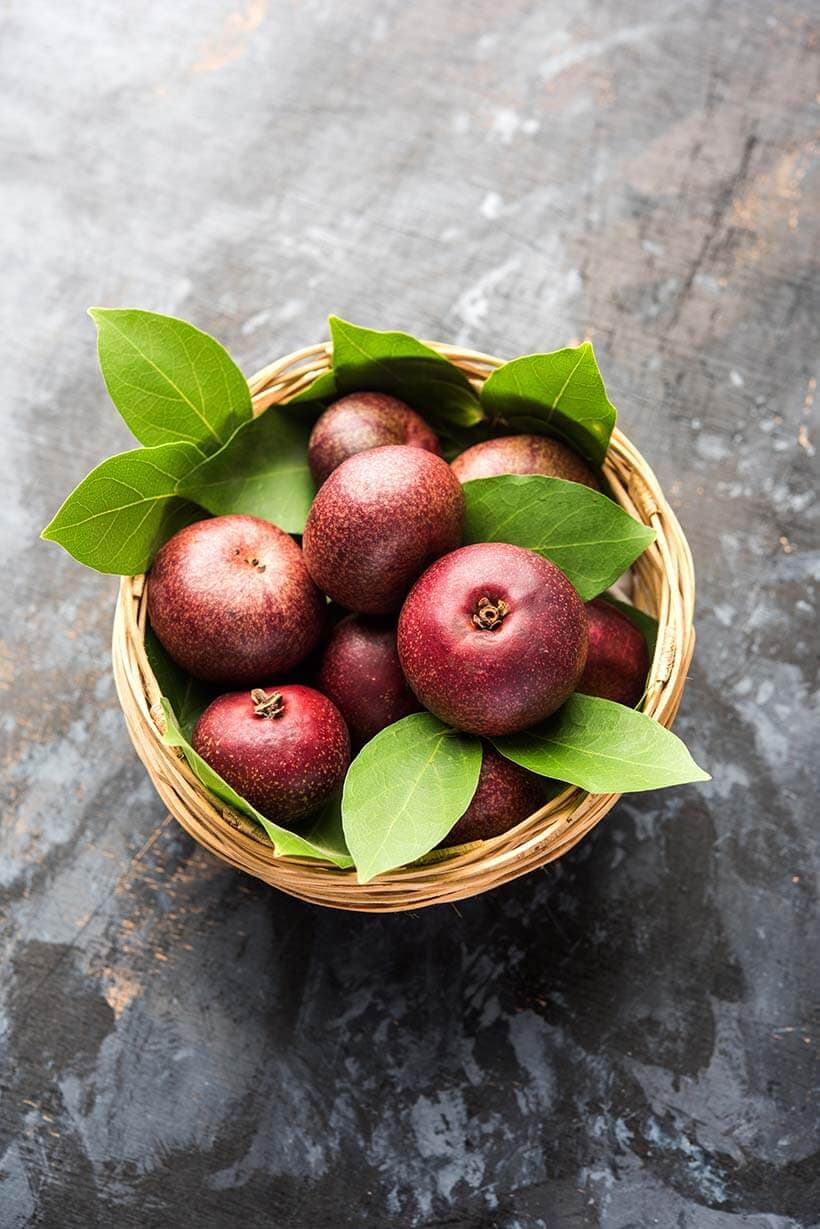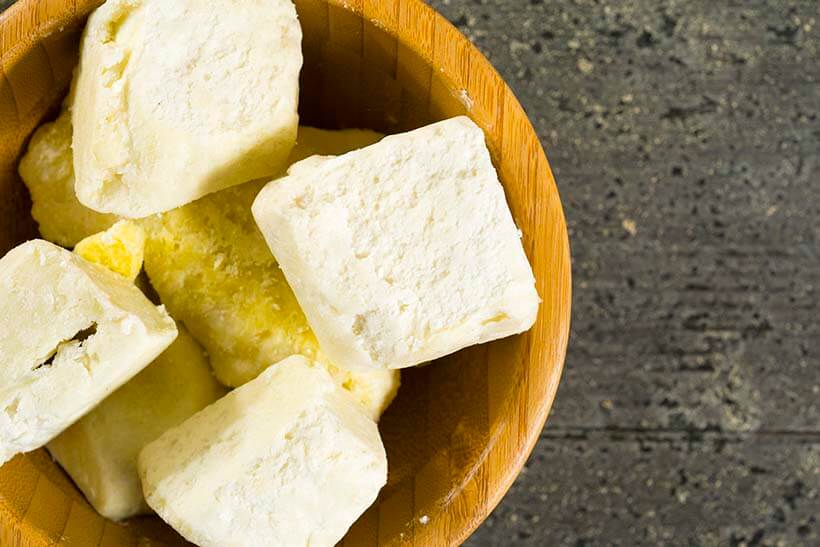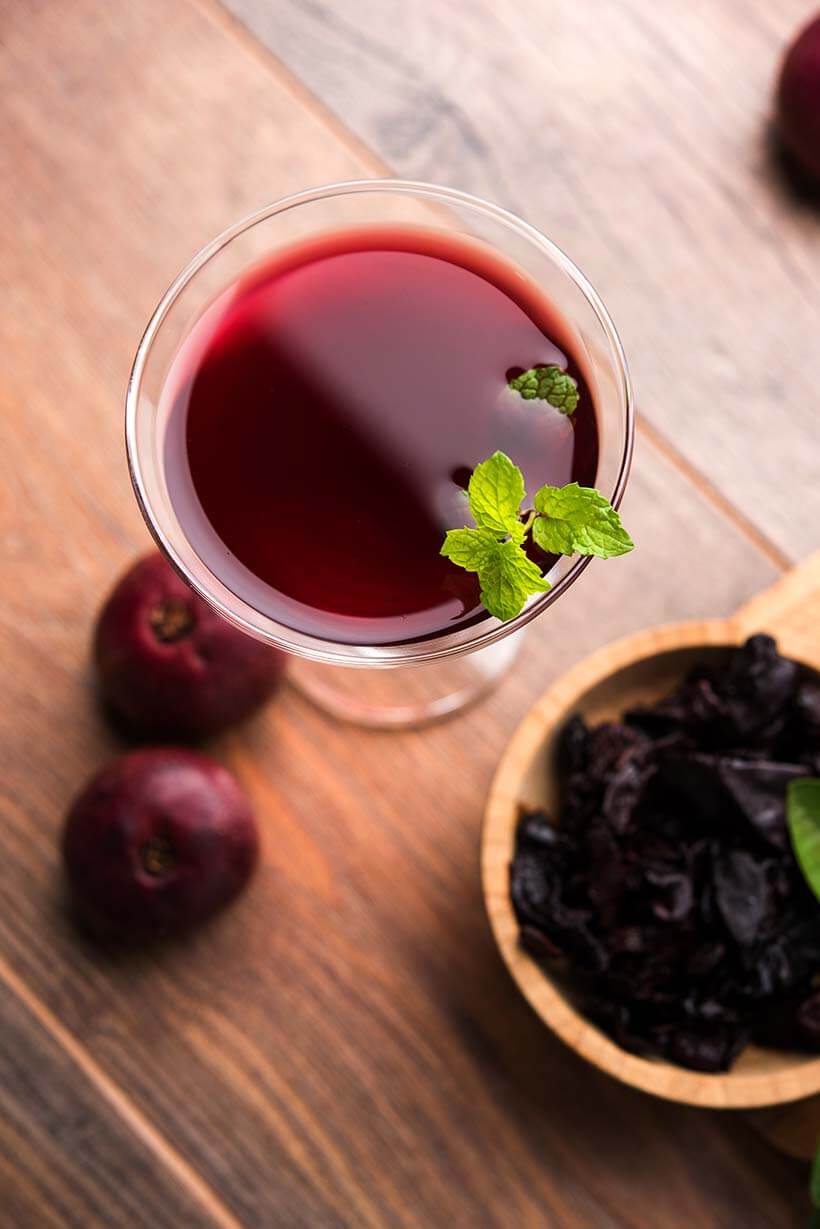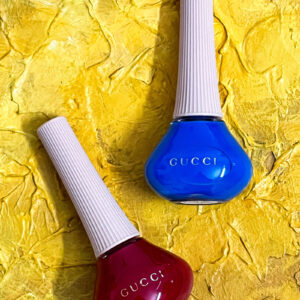Now, this is an Indian ingredient I never imagined seeing on an international platform — that too, courtesy one of my favourite brands. I just picked up Burt’s Bees Ultra Conditioning Lip Balm With Kokum Butter and it’s anchored around, of all things, kokum butter, a little known fruit that is native to India’s Western Ghats (think Mumbai and the surrounding areas).
And it’s not just Burt’s Bees… a quick search shows this fruit cropping up majorly in skincare products nowadays.
In fact, I had never heard of kokum till it was introduced to me by my grandmom-in-law. Scientifically known as Garcinia Indica, the kokum tree is a tropical that’s pretty low maintenance and needs few – if any – chemical fertilisers or pesticides. It bears dark red fruit that look a little like small plums. In the kitchen, it is used as a souring agent (like tamarind) and has a sharp, acidic flavor, with a fruity aroma.
And what does kokum have to do with skincare?
It’s in the realm of skincare that kokum butter really comes into its own. The seed contains 23-26% oil (extracted as butter), which has made it the traditional moisturiser for the local population since centuries.
It also has high levels of Vitamin E, is lightweight, non-comedogenic (non-pore-clogging), reduces degeneration of skin cells and restores elasticity.
And most ideally for cosmetic companies, kokum butter has a relatively high meting point, which means it remains solid at room temperature and does not need refrigeration.
This is what makes it perfect for an organic brand like Burt’s Bees, where it allows for the use of less wax and more butters for maximum skin benefits.
The composition of kokum butter is a meticulous blend of essential fatty acids, antioxidants, and vitamins, making it a formidable contender in the realm of skincare.
This section delves into the molecular magic of kokum butter, highlighting how each component contributes to its remarkable skin-nurturing properties.
The Fatty Acid Symphony: Stearic and Oleic Acids
Kokum butter’s unique fatty acid profile is a symphony of stearic and oleic acids, each playing a crucial role in skin health. Stearic acid, a saturated fatty acid, is celebrated for its exceptional moisturizing properties. It lends a helping hand to the skin’s barrier, fortifying it against moisture loss and ensuring hydration stays locked in.
On the other hand, oleic acid, a monounsaturated fatty acid, is known for its ability to permeate the skin’s surface, delivering nutrients deeply and efficiently. This fatty acid duo works in harmony to rejuvenate the skin, enhancing its texture and resilience.
Vitamin E: The Guardian Antioxidant
Vitamin E, a key component of kokum butter, stands as a vigilant guardian against oxidative stress. This powerful antioxidant is renowned for its ability to neutralize free radicals, the unstable molecules that contribute to the aging process and skin damage.
By including kokum butter in your skincare regimen, you’re providing your skin with an extra layer of protection, keeping it shielded from environmental stressors and the signs of aging.
The Unsaponifiables: Nature’s Skin Elixirs
Kokum butter is rich in unsaponifiables, the components of oils and butters that don’t convert into soap when they interact with alkali. These potent substances are the hidden heroes in skincare, offering a myriad of benefits. They are known for their ability to repair, soothe, and regenerate skin tissue, making kokum butter an excellent choice for healing and restoring damaged or irritated skin.
Texture and Absorption: A Perfect Balance
One of the most striking features of kokum butter is its non-greasy texture and rapid absorption rate. Unlike other butters that might sit heavily on the skin, kokum butter offers a lightweight, velvety feel, making it suitable for all skin types, including oily and combination skin. Its fast-absorbing nature ensures that the skin quickly soaks up all the nutrients without leaving any residue, making it a versatile ingredient in various skincare formulations.
Emollient Properties: Softness and Elasticity
Kokum butter is a natural emollient, meaning it softens and smoothens the skin. Its emollient properties contribute to its ability to restore the skin’s elasticity, providing a youthful, supple texture. Regular use of kokum butter can help in diminishing rough patches and calluses, revealing soft, touchable skin.
Exactly how to DIY your skincare with kokum?
When used in its purest form, kokum butter is held near a flame and the melted oil is applied straight to the skin (it’s especially great for tackling rough patches or cracked heels).
This is how you will see it being used in most traditional homes, where the women swear there’s nothing better to keep skin glowing, hydrated and wrinkle-free than this simple formulation.
Kokum butter is also excellent for healing burns and allergic rashes, since it simultaneously cools the skin while hydrating.
Don’t people drink kokum juice as well?
Absolutely! Kokum juice – made by steeping the fruit in water – is used to relieve gastric problems like acidity, flatulence, constipation and indigestion. It is also helpful in controlling diabetes and is especially popular during summer as it has a cooling effect and shields the body against dehydration and sunstroke
Besides this, kokum also contains rich amounts of anti-oxidants that bind with free radicals and prevent oxidative damage to body cells. It also helps promote cellular repair and regeneration.
One of the easiest ways to enjoy this delectable, multi-benefit-laden fruit is through the appetizing sol kadhi, which is a much-in-demand summer drink as it cools the body internally, thereby reducing sun damage and keeping heat-related problems like acne at bay.
Kokum is easily available in Indian stores across the world – when buying, look for dark, soft, pliable rinds that release their juices easily. Then just dunk in the water and enjoy!
Have you ever tried kokum butter or kokum juice?






Leave a Reply